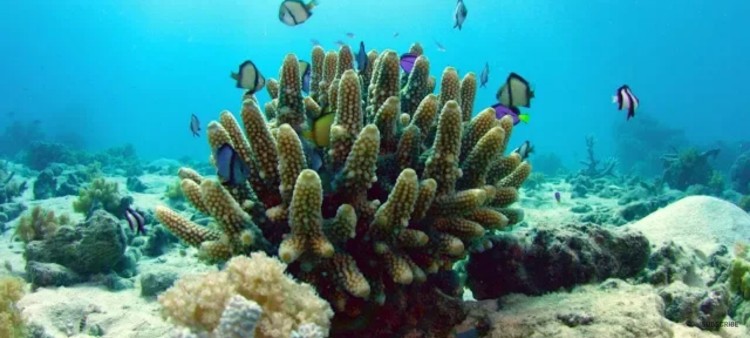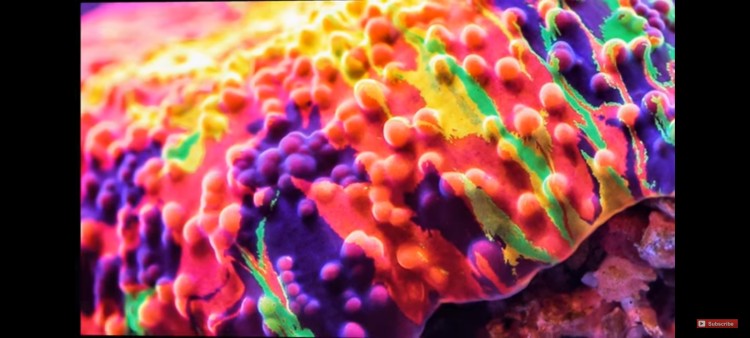What exactly is coral?
- Jul 17, 2022
- Anshika Mishra
- 224 0 0

The coral reef is a vibrant natural city with texture, color, and movement. But, what exactly is a coral?
From a distance, it looks like a mossy rock or bone. But, up close, it appears to be covered in tiny flowers. But, each of those flowers is an animal, a coral polyp.
A round body, topped with a mouth, surrounded by a ring of tentacles. Inside, a simple gut is lined with long tissue threads that help digest the coral's food. Reef-building corals lay down a skeleton of calcium carbonate, essentially rocks.
Corals are colonials, budding off new polyps, each connected to the one following and genetically identical. Forming a living veneer. Corals are hunters, and their tentacles are lined with millions of stinging cells that kill what they catch. They are super weapons on a microscale.
But, in the clear, warm waters where corals live, there's not much to catch. So, how do corals find food?
Corals' Food
The secret to their success is in their relationship with a plant. Living right inside their cells are tiny algae. Plant cells are known as symbionts. Like all plants, they photosynthesize.
Using energy from the sun, they produce sugars—enough food for themselves and their coral host.
It is extraordinary biology, an almost strange relationship where the algae get home, and the corals get up to 90% of their food. And together, they build the reef.
Global Warming And Coral Bleaching
Because of warming oceans, there's been a massive breakdown in this crucial relationship. And the reef as we know it is disappearing fast.
If science can help the reef survive, the answer may lay halfway around the world.
On a tiny Hawaiian Island, scientists are trying to understand the connection between the coral and the plant inside them and use that knowledge to speed up evolution.
The number of algae cells or algals living throughout the coral is daggering. Around a million in every square centimeter.
Coral builds the reef structure that supports so much other life. So, it is called a foundation species. But, when ocean temperatures get too high, the coral rejects the algae living inside it, in the process called bleaching.
The plant cells react to high temperatures, and instead of creating food, they produce an irritant to the coral. When animal gets stressed, they break the connection, and the plant cells are out of the system.
Some corals bleach clouds of their life-giving algal cells; others release them over days in tiny clumps. What you see in the coral go pale is just the transparent tissues of the animal overlaying the white skeleton.
Bleached but still living corals can be seen under powerful magnification.







About author